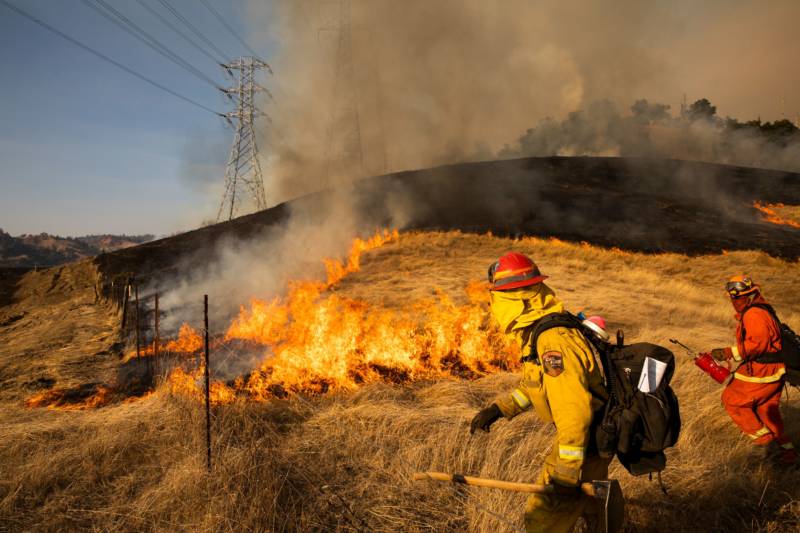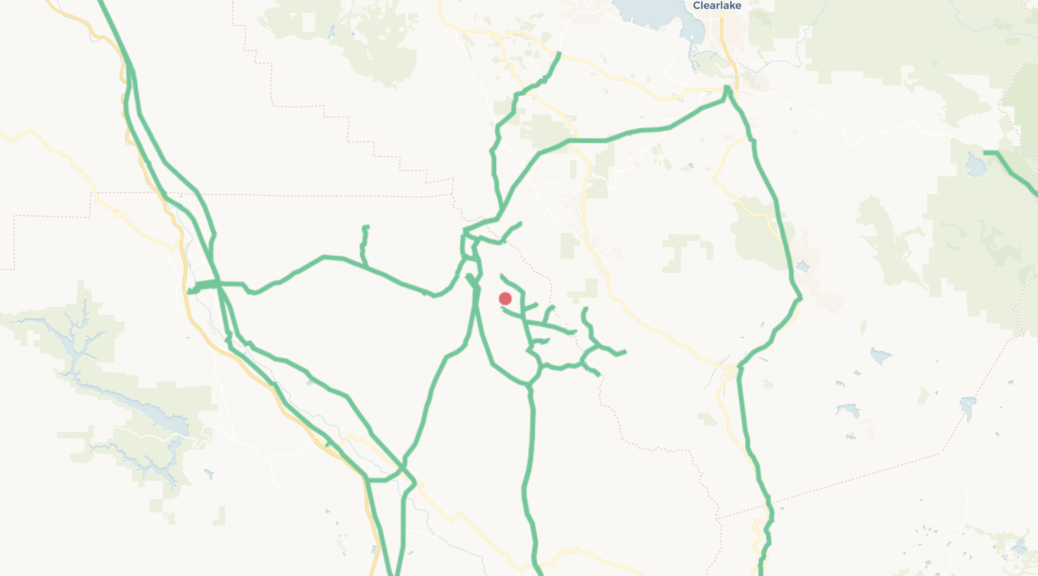The federal judge overseeing PG&E's criminal probation for federal pipeline safety violations is asking the utility what role its equipment may have played in sparking the Kincade Fire.
In an order Monday, U.S. District Judge William Alsup asked the company to explain whether a broken piece of equipment discovered on a high-voltage transmission line in The Geysers area of northeastern Sonoma County could have arced, thus providing the spark that started the blaze. The fire, which destroyed 174 homes in the Geyserville and Healdsburg areas, has burned nearly 78,000 acres and is 80% contained.
Cal Fire says the fire began at 9:27 p.m. Oct. 23 as winds gusting up to 80 mph raked the higher elevations of the North Bay.
The forecast for high winds prompted PG&E to shut down power to about 180,000 customers, including many in Sonoma County. The outage, called a public safety power shutoff, or PSPS, affected only lower-voltage distribution lines. The utility has said that the forecast for high winds did not meet its criteria for shutting down higher-voltage transmission lines.

